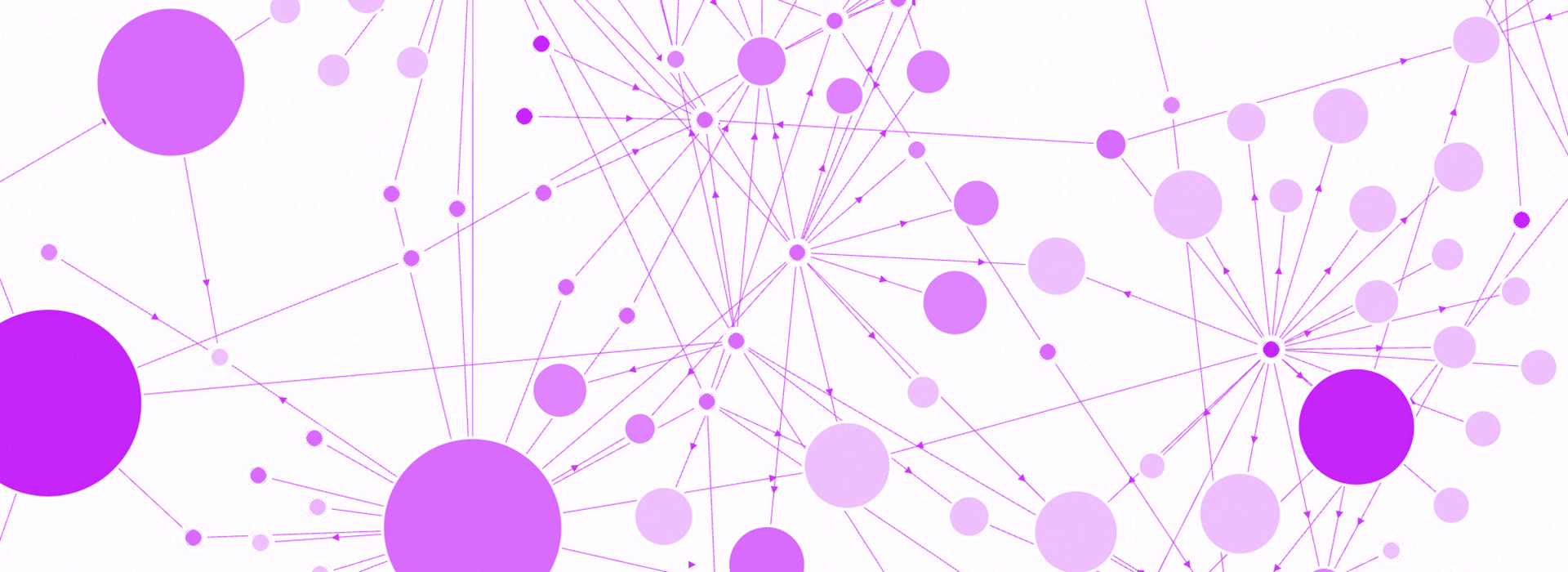
Tracking the SRM landscape.
How much is being spent, who is spending it, and where is it going?
DIVE INTO THE DATA

What is SRM?
What are sunlight reflection methods – also known as solar geoengineering – and why do they matter now?
Explore SRM

Driving informed SRM engagement.
We're making complex science accessible to the people who need it most, in forms they can use and understand.
Learn more about SRM360

Our resources are your resources.
Leverage our articles, graphics, videos, and podcasts – for free – to further the conversation.
Find the content you need

Perspective matters.
Big ideas are bound to generate disagreement. We spotlight diverse, informed opinions.
BROWSE PERSPECTIVES